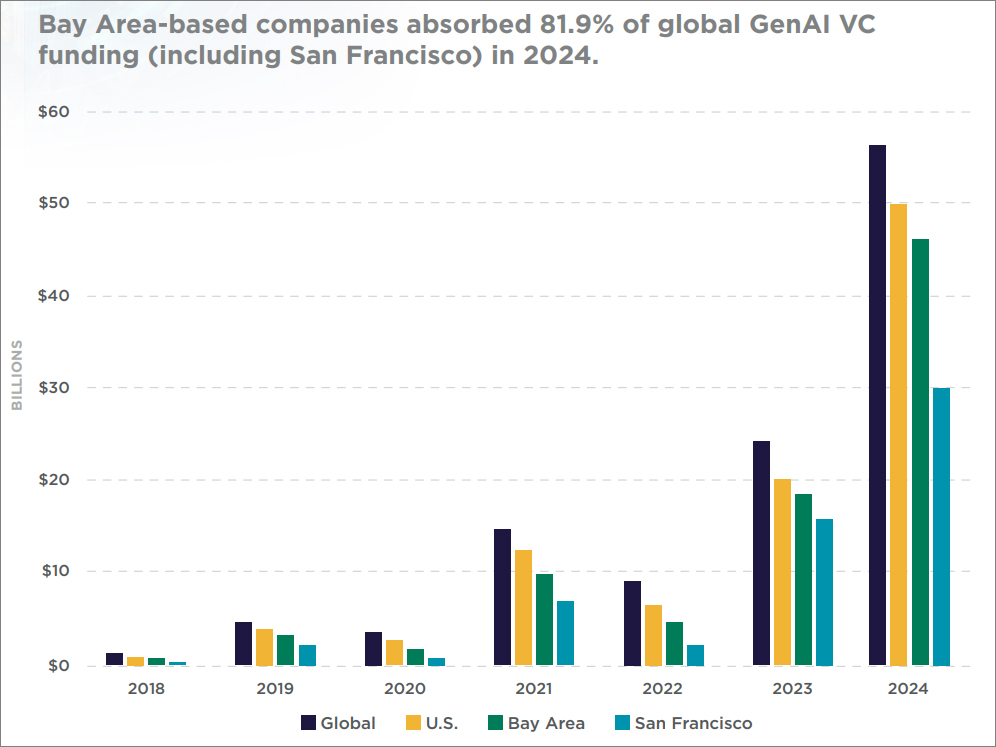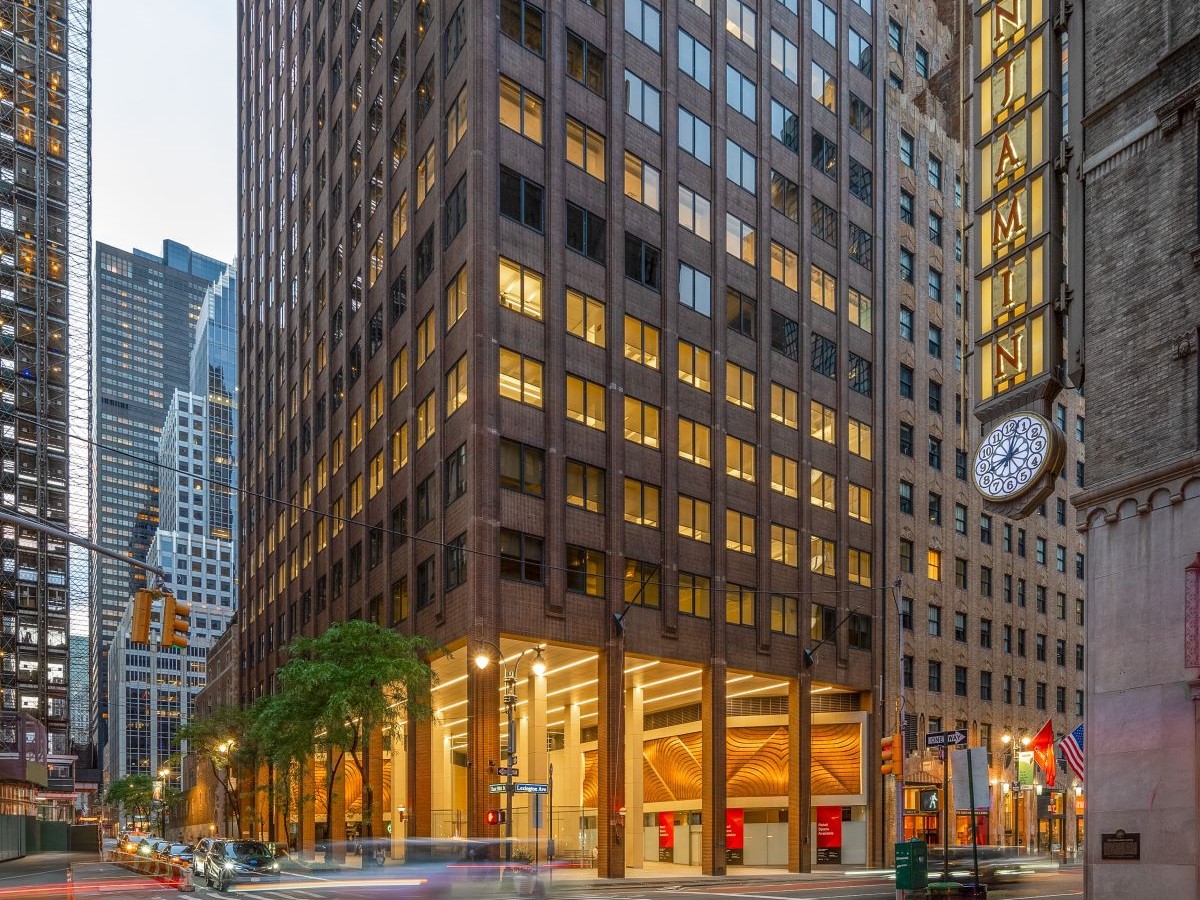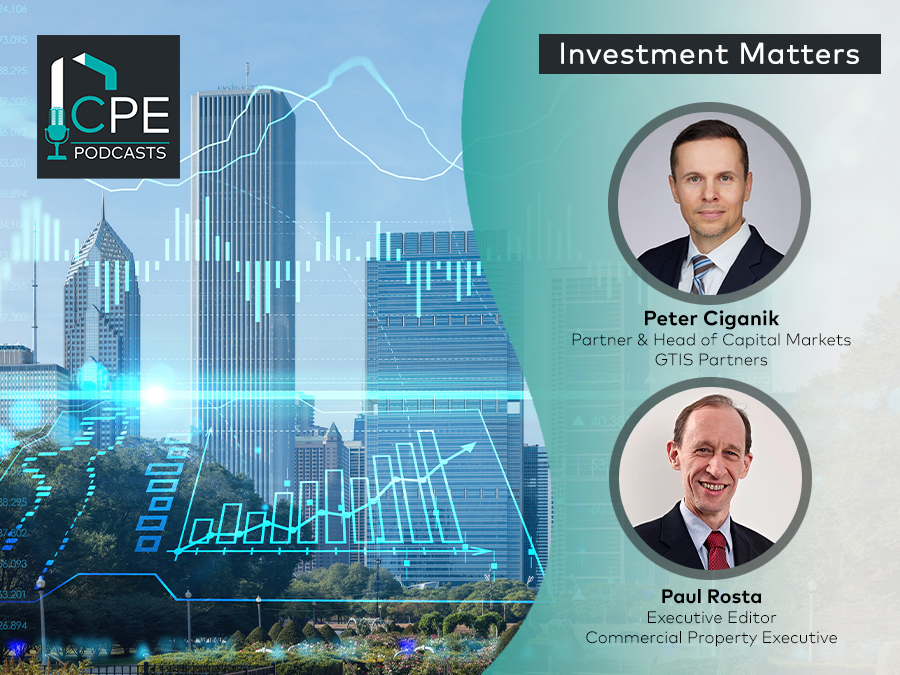The Yin and Yang of Interest Rate Cuts
A rising tide doesn't actually lift all boats, according to Blake Hering of Gantry.

Market optimism is running high as the Federal Reserve begins an anticipated series of rate cuts, beginning with September’s 50-basis point drop. We are seeing the green shoots of a hopeful recovery emerging after the rate shock of the past two years. If economic health holds (the desired soft landing) and overall rates continue to drop, commercial real estate will be normalizing into 2025. However, as in all cycle recoveries, there will be winners and losers. This new phase of the post-COVID cycle will offer a yin and yang of outcomes.
When it comes to financing, if you are operating outside the CBD, then you are seeing the market return to normal. If you are in the CBD or the urban environment, challenges to the recovery will be prolonged and expensive. The heavily signaled Fed rate reduction has had the desired initial impact, as a moral booster if nothing else, but it won’t begin to mitigate the current costs of refinancing low interest debt. In this higher-for-longer climate, initial rate movement will be marginal before meaningful.
READ ALSO: Lower Rates Signal Increased Industrial Sales
We are however seeing clarity return, with rate volatility diminishing, cap rates stabilizing and values resetting to align. That bodes well for a pick-up in transactional activity. Current five-year and 10-year treasury rates were already at 52-week lows before the Fed announcement. Since the Fed’s 50 basis point drop, the treasury yields have moved higher, pushing rates up, but this would appear to be a near-term reaction in the midst of an overall descending rate trajectory.
The proverbial Yang of this cycle is that suburban commercial property fundamentals remain healthy. The industrial, retail and multifamily asset classes continue to perform well in most markets. Values are stabilizing, investor demand is returning and transaction volume is ticking up. It’s a shift to optimism.
The Yin of this cycle resides in the CBD. It’s no secret urban office is experiencing its trough. Even with several large employers now insisting on a return to office for 2025, overall tenant demand just can’t pick back up fast enough. It’s no secret that even buildings boasting higher occupancies via lease obligations may still have sparce physical occupancy—i.e. bodies in the building. And the five-day, full-time work week may be a thing of the past.
In the face of this fundamental shift, urban office owners have had to brace themselves with this daunting question: Is sinking another nickel into a non-performing asset a prudent investment? Demand is weak. Rents are lower and perhaps still dropping. Expenses are NOT decreasing. For some, the question distills to this: How long can I hang on? Facing the loss of all previously invested capital is gruesome. Investing more may simply not make sense under current circumstances.
If an equity investor can’t see the value in hanging on, you can imagine that there’s not much enthusiasm for a lender to want the asset either. If a sale can’t retire the debt, then a foreclosure or deed in lieu may be the only solution. First, however, would likely be a concerted effort to restructure the loan and buy time. We’ve seen this occur frequently. But how much time is enough? At some point, a lender can no longer tolerate the significant reserves required to offset a non-performing loan. At that point, the focus becomes getting it off their balance sheet at whatever the market will bear. Painful, but opportunity for others.
A lower cost of capital will help. And overall, interest rates do appear to be lowering, but this will not be a quick process. Now that the Fed has determined that inflation is where they want it, employment has become their focus. We have a resilient national economy and a challenging geo-political environment to contend with. How the Fed and bond investors navigate the crosscurrents will dictate the course on interest rates. In the meantime, the pace of capital flows is picking up—just not in the same direction for all CRE investors.
Blake Hering is a principal with Gantry. Gantry is a regular Viewpoint contributor. The firm’s most recent article can be found here.







You must be logged in to post a comment.